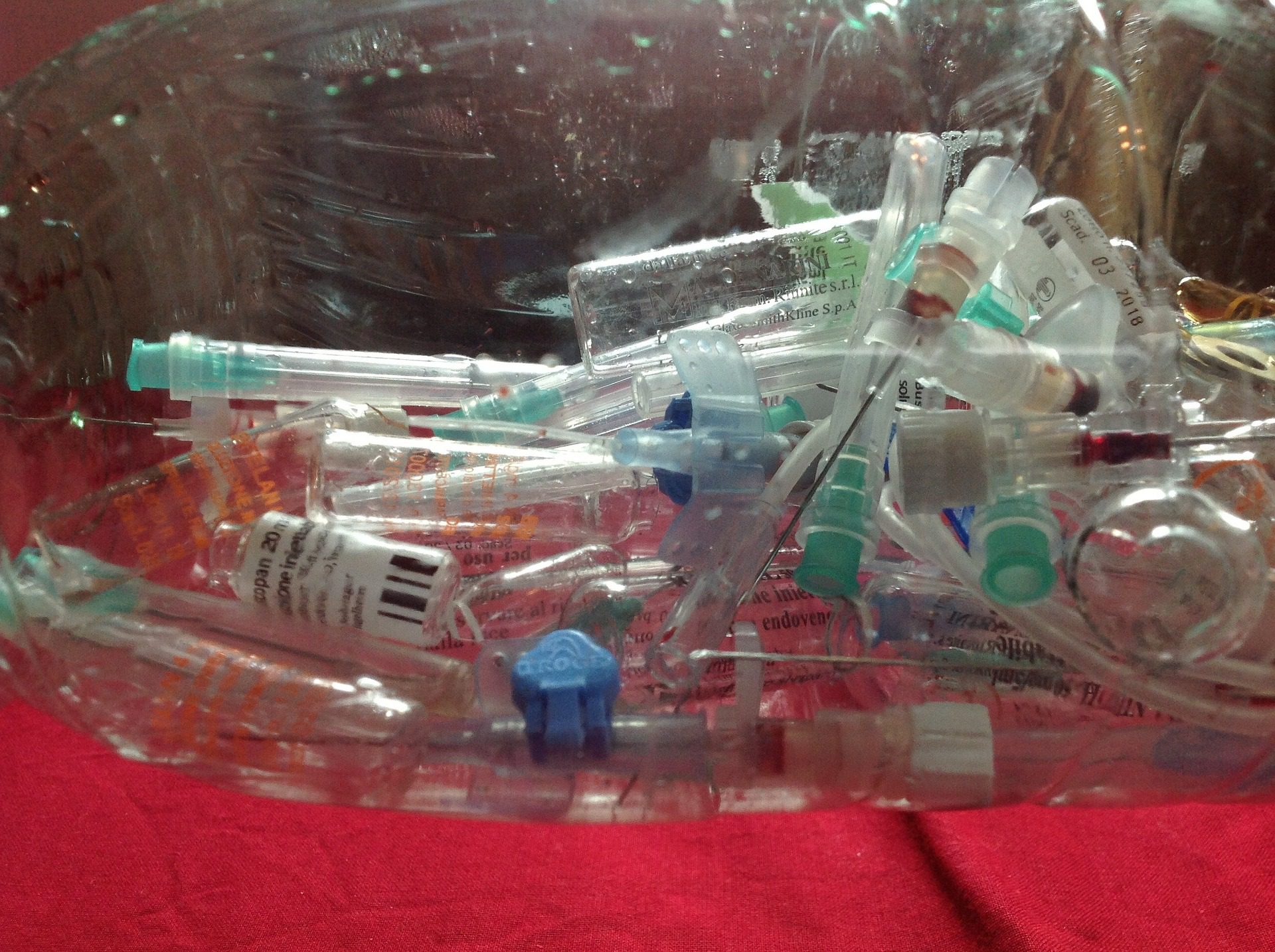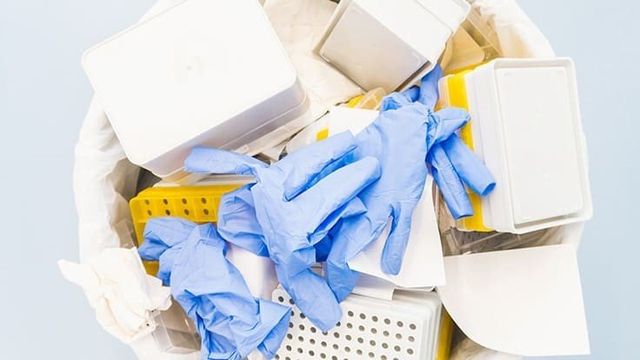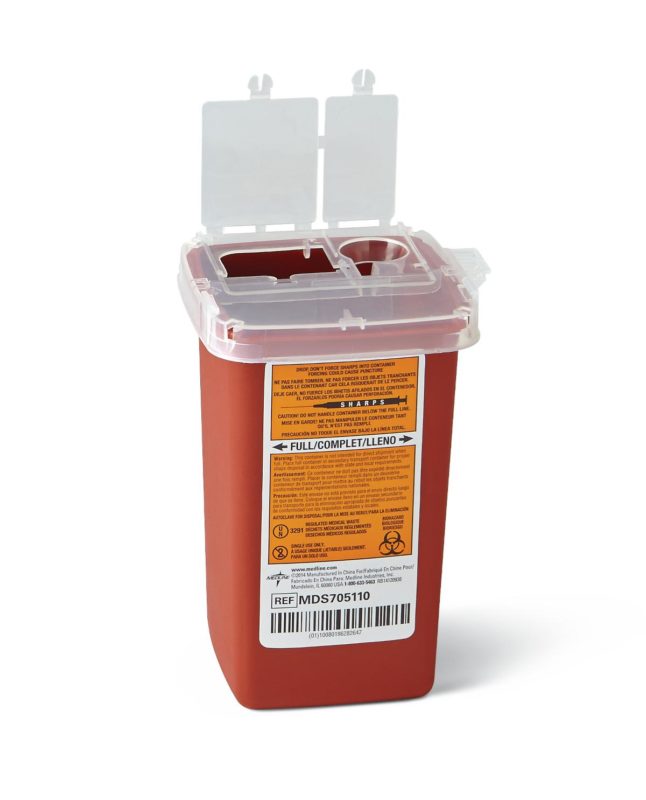Safeguarding Health: Professional Medical Waste Removal Services for a Tidy Setting
Safeguarding Health: Professional Medical Waste Removal Services for a Tidy Setting
Blog Article
Effective and Ecologically Friendly Medical Garbage Disposal Solutions
In the ever-evolving area of healthcare, the problem of clinical waste disposal remains a subject of critical relevance. As medical facilities, facilities, and other medical care centers strive to supply quality client treatment, they must likewise resolve the challenge of effectively and sensibly disposing of their waste.
Waste Partition Practices
Efficient waste partition techniques are necessary to make certain the correct and secure disposal of medical waste. Medical waste, which includes materials polluted with possibly transmittable materials, must be managed in a manner that minimizes the threat of harm to both public health and wellness and the atmosphere. Correct waste partition plays a vital function in accomplishing this objective.
Waste partition entails the separation of different types of waste based on their qualities and prospective risks. This process ensures that each kind of waste is treated and dealt with properly (medical waste disposal services with WasteX). It starts at the factor of generation, where health care centers need to have assigned bins and containers for various waste classifications, such as sharps, infectious waste, pharmaceutical waste, and non-hazardous waste
By setting apart clinical waste at the resource, health care companies can prevent cross-contamination and lower the risk of direct exposure to contagious agents. This method also promotes the recycling and recuperation of specific products. Setting apart and reusing clean plastics and glass reduces the demand for raw materials and minimizes the environmental influence of medical waste disposal.

Autoclaving and Sterilization Strategies
In order to ensure the secure and appropriate disposal of medical waste complying with efficient waste segregation techniques, healthcare centers must use autoclaving and sterilization strategies. Autoclaving is an extensively made use of technique that makes use of high-pressure heavy steam to sterilize medical waste.
This entails dealing with the waste with chemicals such as ethylene oxide or hydrogen peroxide, which eliminate microbes by disrupting their cellular structure. It is vital to note that chemical sterilization requires proper handling and disposal of the chemicals used, as they can be dangerous to human wellness and the environment if not managed correctly.
On-Site Waste Treatment Systems
Healthcare facilities have carried out on-site waste therapy systems to attend to the disposal of clinical waste in a risk-free and effective way. These systems give a affordable and hassle-free remedy for taking care of clinical waste produced within the facility. On-site waste treatment systems use numerous innovations to dispose and deal with of clinical waste on-site, reducing the requirement for transportation to off-site centers.
One generally made use of on-site waste treatment system is the microwave modern technology. This modern technology utilizes microwave energy to disinfect and decontaminate clinical waste, decreasing its volume and making it safe for disposal. An additional system is the chemical disinfection technology, which includes treating clinical waste with chemicals to kill pathogens and lower its harmful nature. This method is specifically effective for fluid medical waste.
They get rid of the risk of medical waste being mishandled throughout transport, decreasing the potential for contamination and exposure to harmful substances. On-site therapy systems minimize the general environmental influence of clinical waste by reducing transportation and the need for land fill area.
Recycling and Repurposing Efforts
As healthcare centers aim for lasting waste administration techniques, they are significantly exploring recycling and repurposing efforts as a means of lowering the environmental impact of clinical waste. Recycling and repurposing campaigns entail locating innovative ways to reuse or transform clinical waste right into new products or products. This not only assists to reduce the volume of waste that winds up in incinerators or garbage dumps but also lowers the intake of resources and energy required for manufacturing brand-new products.
One example of reusing in the health care industry is the reprocessing of single-use clinical tools. These gadgets, such as surgical tools or catheters, are normally disposed of after a single use. However, advancements in modern technology and rigid sterilization procedures have actually made it possible to safely tidy, sanitize, and reuse these tools several times. This not only lowers the amount of waste created however additionally conserves healthcare facilities considerable costs linked with purchasing brand-new gadgets.
An additional recycling initiative entails the recycling of plastic containers, such as drug bottles or syringe cases. These containers can be accumulated, sorted, and sent to recycling centers where they are refined, melted down, and transformed right into brand-new plastic products. This helps to save sources and reduce the demand for virgin plastic production.
Along with reusing, repurposing initiatives entail discovering alternative uses for medical waste. For instance, shredded paper waste from clinical documents or product packaging materials can be repurposed as bedding material for animals blog or as insulation material (medical waste removal service). Similarly, organic waste such as food scraps from health care centers can be composted and used as fertilizer More Bonuses in gardens or agricultural fields.

Renewable Energy Solutions
One efficient method to alleviating the ecological impact of health care procedures entails applying renewable resource solutions. Healthcare centers, such as medical facilities and clinics, eat substantial quantities of energy for various purposes, consisting of illumination, heating, cooling, and running clinical devices. By transitioning to renewable resource resources, these facilities can significantly lower their carbon impact and add to an extra lasting future.

Executing renewable resource remedies in healthcare facilities not only lowers greenhouse gas emissions but likewise offers long-term expense financial savings. While the first financial investment in renewable resource facilities might be greater, the long-term operational costs of renewable resource systems are substantially reduced contrasted to traditional fossil fuel-based energy sources. Additionally, renewable energy systems are trustworthy and can give a steady and undisturbed power supply, making certain continual medical care solutions also during power outages or emergency situations.
Conclusion
In final thought, implementing reliable and ecologically pleasant clinical waste disposal services is important for keeping a sustainable health care system. By adopting waste partition practices, autoclaving and sterilization methods, on-site waste treatment systems, reusing and repurposing campaigns, and sustainable energy options, healthcare centers can dramatically decrease their ecological influence.
It begins at the point of generation, where health care centers ought to have assigned bins and containers for different waste groups, such as sharps, transmittable waste, pharmaceutical waste, and non-hazardous waste.
In order to ensure the risk-free and appropriate disposal of medical waste adhering to effective waste segregation methods, medical care centers should use autoclaving and sanitation techniques.Health care centers have actually applied on-site waste treatment systems to address the disposal of medical waste in a effective and secure fashion. On-site waste therapy systems utilize various innovations to deal with and get rid of of clinical waste internet on-site, minimizing the need for transportation to off-site facilities.
As healthcare facilities aim for sustainable waste administration methods, they are significantly exploring recycling and repurposing efforts as a way of minimizing the ecological effect of clinical waste. - medical waste removal service
Report this page